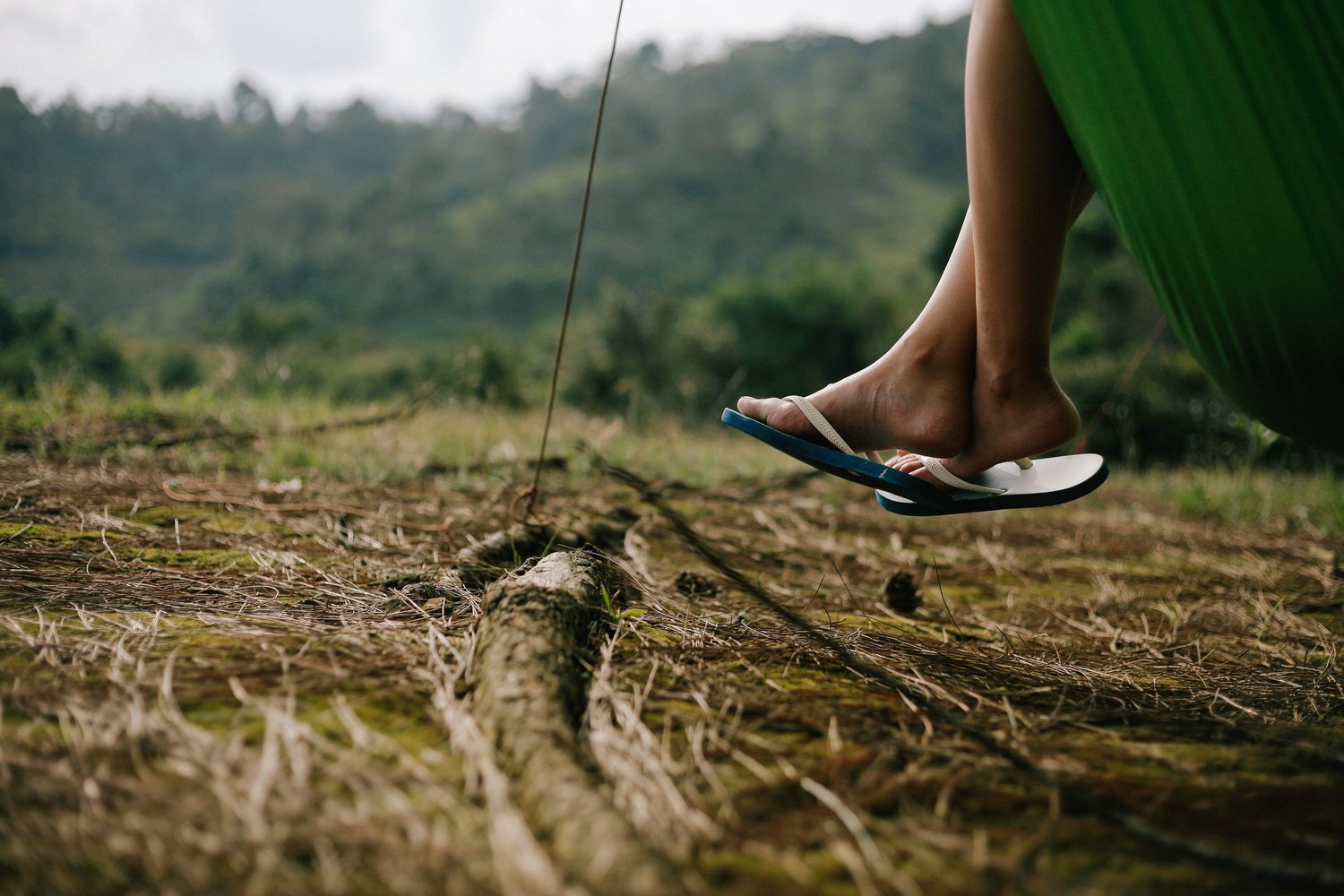Do's And Don'ts On The Path Of Burnout Recovery (Part 2)
If you read and resonated with the description of burnout in part one of our series on burnout, you may ask yourself, “What should I do if I’m already burned out?” As mentioned previously, burnout symptoms can be very similar to the symptoms of depression - meaning ‘doing’ anything can be an uphill battle. So what can you do (or not do) in order to start on the path towards becoming balanced instead of burned out?
Do live one day at a time. Many of us are planners and think about the future often, but when you struggle with burnout, taking on future plans can be too much. Take one day at a time, even one moment at a time, and remember to take deep breaths and stop trains of thought that reach too far into the future if you feel yourself tensing up at the thought. The important thing in this moment is to take a small step towards personal health, which may mean a nap or a walk outside.
Don’t try to do everything on your own. Remember to ask for help. The pride of doing something “all by ourselves” starts when we are a toddler, but if we haven’t learned to ask for help when we need it by the time we reach adulthood, we may find ourselves reverting to some toddler-style meltdowns as a result of burnout. Asking for help from others is part of being a part of The Body and staying healthy. We need other people, and when we forget that fact and try to live out of community we end up harming ourselves and everyone around us. If you find the idea of asking for help daunting, try asking for help in a small area first and work your way up to bigger areas.
Do remember the benefits of a change of scenery. It doesn’t mean you need to go somewhere far away in order to start feeling better. It means that something as simple as a short walk outside the walls of your house, office, or school can be highly beneficial, especially if learning to take occasional breaks to walk around becomes a habit. Taking a short break not only helps our brains reset and refresh, but the short walk can improve circulation and physical health, allow us to meet new people (or give us a break from interacting with people if that is needed), and can allow us to see situations from a new angle.
Don’t focus only on big hard-to-achieve goals when the day-to-day is a struggle. Celebrate baby steps towards recovery instead of berating yourself for not achieving the expectations you or those around you have set. This goes along the lines of recognizing and getting rid of unreasonable expectations. Sometimes we have such high expectations for what we will do or accomplish in a day that at the end of the day, we dwell on the things that went wrong in the day or the goals we didn’t accomplish. Instead, start thinking of the simple goals you were able to accomplish. Did you wake up at some point in the day? Maybe you got out of bed briefly? Did you remember to take care of some of your basic needs like showering, drinking and eating something somewhat healthy, taking a nap when you were tired, or brushing your teeth? These are all usually unrecognized goals that don’t make it onto a to-do list and rarely get celebrated. If you’re struggling with burnout, focus on each day’s small accomplishments, and recognize that each seemingly small step towards health and good self-care you make are steps that will allow you to reach your bigger goals eventually.
If you want to discuss this with a counselor, Click here and Start Now.





